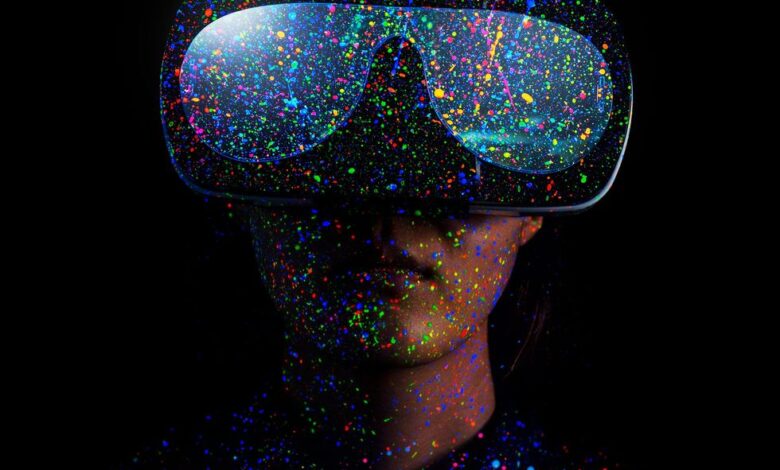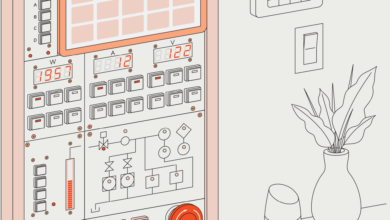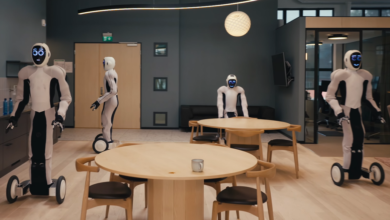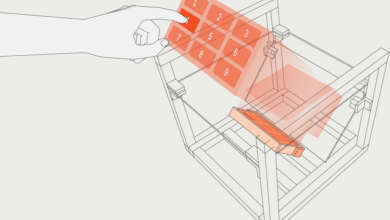Stay Current on How VR and AR Could Impact Your Industry

From smartphone apps and immersive gaming experiences to digital twins and virtual surgical training, augmented and virtual reality technologies have come a long way.
They are becoming increasingly commonplace as their applications grow. The global VR market is projected to nearly double in size, from less than US $12 billion last year to more than $22 billion by 2025, according to Statista. Combined global user penetration for AR and VR markets is expected to hit more than 32 percent by 2027.
As more industries adopt AR and VR, it is imperative for individuals to understand the key applications and capabilities relevant to their respective fields.
AR, VR, and mixed reality use cases
IEEE Educational Activities, in partnership with IEEE Future Directions and the IEEE Future Networks Initiative, has developed a five-course eLearning program to help organizations and individuals better understand AR and VR applications.
Practical Applications of Virtual and Augmented Reality in Business and Society takes learners through several use cases that leverage augmented reality, virtual reality, and mixed reality in combination with large amounts of data generated by artificial intelligence.
Expert instructors cover these topics:
The history and importance of gaming.The social and technological characteristics of smart cities, their development and maintenance, and the metaverse.The role of 5G in AR/VR technology, and applications that drive the need for next-generation networks.Digital twins and AR/VR digital representation.Evolving landscapes of the manufacturing, agricultural, and gaming industries.Future advancements and expansions.
Courses within the program
The Case of Gaming. Experts have forecasted that global revenue from the VR gaming content industry will grow from $1.8 billion in 2020 to $6.9 billion by 2025. Uses for AR/VR in gaming extend beyond entertainment and play an important role in exergaming, which incorporates physical movement. By combining game design with medical expertise, users can improve their motor skills, slow cognitive decline, and improve balance. This course demonstrates how gaming has impacted the development of technologies fundamental to immersive reality.
The Case of Smart Cities. Municipal leaders, urban planners, and developers can leverage AR tools to improve public health, public safety, urban mobility, and tourism. Smart cities, for example, are able to collect and analyze key data points in real time by using Internet of Things–enabled sensors. The sensors can measure air quality, detect leaking water pipes, and reduce the amount of time and fuel needed to manage waste by monitoring public garbage cans. This course covers the characteristics of smart cities and smart citizens, accessing services via AR/VR.
Smart Agrofood Systems. To feed a growing population, many farmers are turning to smart farming. Also known as “precision agriculture,” smart farming leverages information and communication technologies such as the IoT, robotics, and augmented and virtual reality. Applications include monitoring key factors for crop yields through sensors; using drones to survey the land for seeding and weed control; and operating connected vehicles. This course covers agricultural production, aggregation, processing, consumer feedback, robots, and global positioning systems.
Smart Factories. Companies are exploring a variety of AR/VR applications within manufacturing and design, including those that can improve worker safety, increase productivity, drive efficiency, and provide better onboarding and learning experiences for new workers. This course discusses the merging of manufacturing and the supply chain using AR/VR, as well as the robotic automation applications and human dynamics in industry.
Future Networks of 5G, 6G, and Beyond. Combining future networks with AR/VR technologies is likely to provide for faster, more precise Internet infrastructures to connect global markets and help improve processes, create new customer experiences, and launch helpful sales and marketing tools. This course explores technologies as they relate to AR/VR and mixed reality use cases.
Upon completion of the courses, learners earn professional development hours or continuing education units as credentials and digital badges that can be shared on social media. Visit the IEEE Learning Network to see member and nonmember pricing and to learn more.
Organizations interested in the program can contact an IEEE account specialist to hear about institutional access.
IEEE Spectrum




